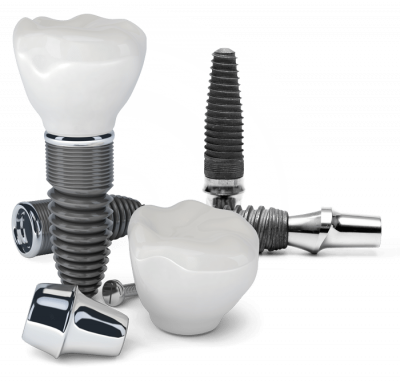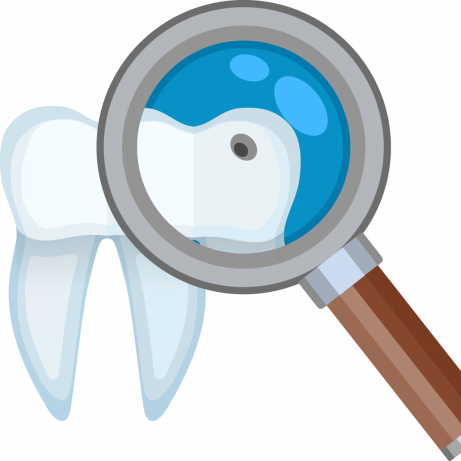
Zirconium Coating


Zirconium Coating
What is Zirconium Coating?
Zirconium supported porcelains have become the most widely used dental veneers in terms of oral and dental health. Zirconium coatings prepared with zirconium dioxide also eliminate the disadvantages of metal-based porcelain. In addition, it also meets aesthetic expectations due to its similarity to natural tooth structure in terms of light transmittance. It is resistant to pressures and is a biologically tissue-friendly dental coating.
In Which Situations Is Zirconium Coating Applied?
It can be used as an implant on people who have been implanted, as well as on permanent teeth, depending on the age. In cases where there is tooth color or structural defect, it can be applied by making a smile design for patients who have a distance between their teeth and who are aesthetically disturbed by this situation or because of smile aesthetics.
It can also be applied in bridge construction with the aim of eliminating tooth deficiency.
Again, among the most preferred conditions, it is frequently applied in teeth with root canal treatment and in teeth damaged by conditions such as filling tooth wear, especially in anterior teeth.
How is zirconium teeth (crown) made?
Zirconium dental crowns are made from zirconium dioxide, a white powder ceramic material. It has the feature of being a strong dental prosthesis due to its ceramic properties and being milled from a single block. Much thinner dental crowns can be produced with zirconium than those made of strong metals. Creating a strong yet thin crown is considered ideal as it requires minimal removal of healthy dental tissue for placement. In other words, the amount of thinning applied to the teeth can be less than metal-based porcelains. The aim is to preserve natural teeth and healthy smiles for as long as possible.
Depending on the type of restoration to be made and the amount of healthy teeth, abrasions are made from the teeth. With 3D digital scanners, the patient’s teeth are measured. A digital model of the tooth to be produced is created on the computer. The final version of the design, which is prepared in 3D with patient photographs, is produced in blocks in zirconia scraping devices. At the rehearsal stage, it is baked by making the final make-ups, and the process is completed with varnish and the bonding process is performed.












